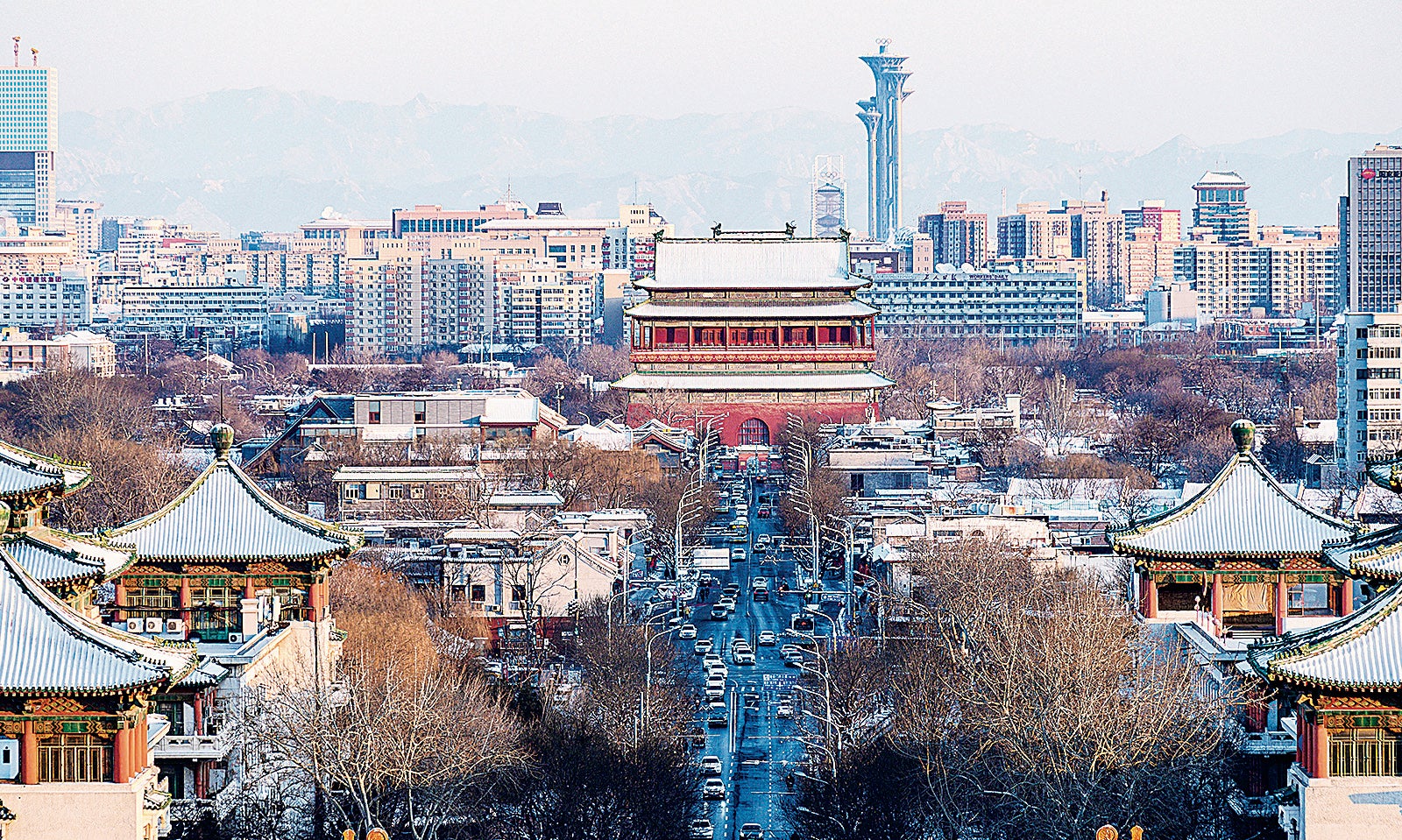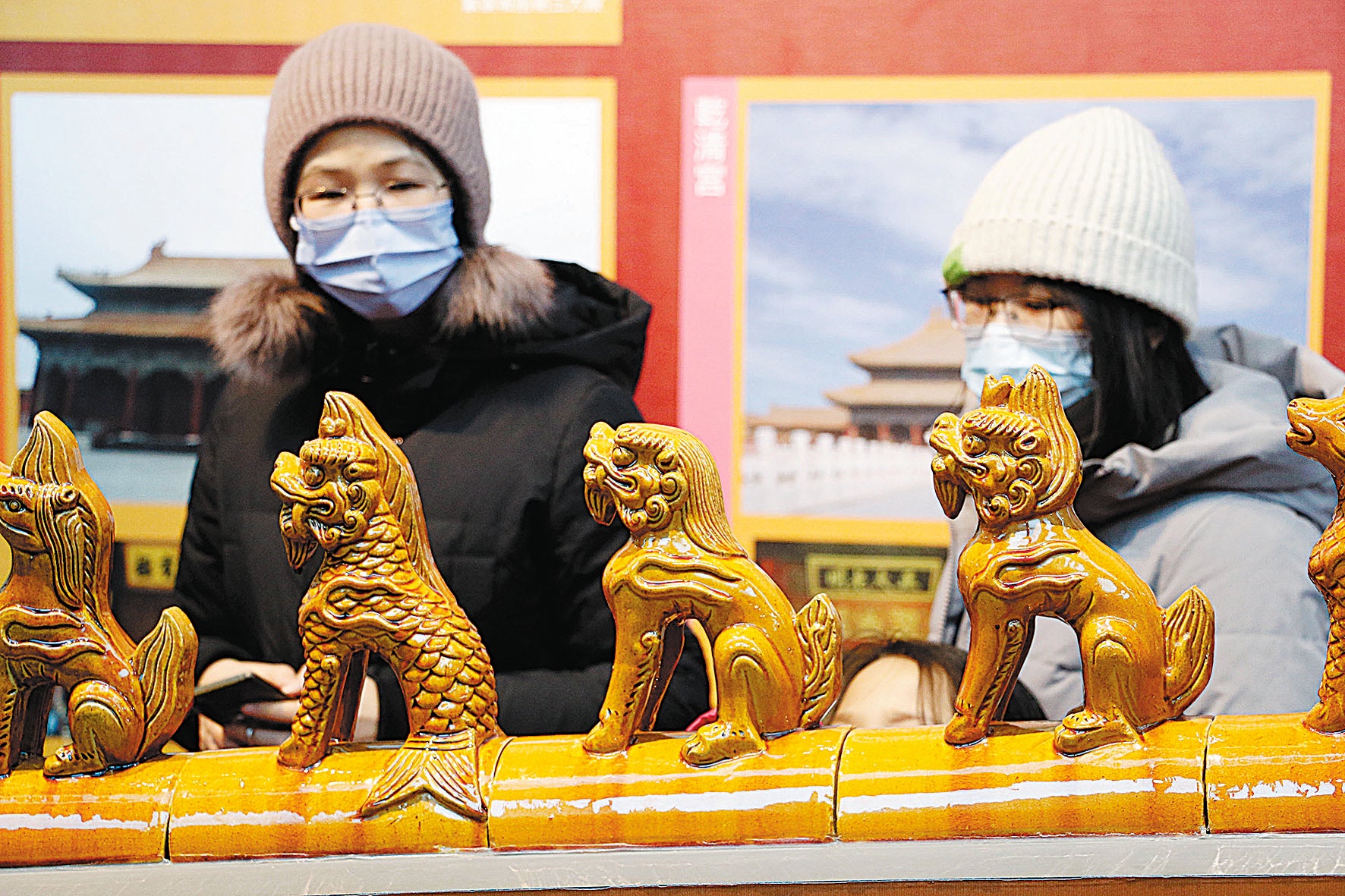Beijing’s central axis embodies city’s spirit
THE ARTICLES ON THESE PAGES ARE PRODUCED BY CHINA DAILY, WHICH TAKES SOLE RESPONSIBILITY FOR THE CONTENTS

When deciding on popular spots to visit in Beijing for a taste of the city’s history and culture, the Temple of Heaven, the Forbidden City, the Imperial Ancestral Temple and the Qianmen area are among those that often spring to mind.
All these venues are located along the Chinese capital’s central axis, for which the municipal government is now seeking UNESCO World Heritage status.
Wang Yuanlong, 31, a market manager who has lived in Beijing for eight years, said: “To be frank, I don’t often go to those places along the central axis because they are a bit too far from my workplace and home. But every time my family and friends from outside Beijing come to the city I take them to Tian’anmen Square, the Temple of Heaven and the Forbidden City.
“It feels as if all the significant architecture in Beijing is situated along or near the central axis. No matter how big the city grows, the axis is an invisible root linking tradition and fashion, ancient and modern.”

Beijing’s central axis, with a history of more than 750 years, stretches 4.8 miles from the Bell Tower and Drum Tower in the north to Yongdingmen in the south. It includes buildings from the Yuan Dynasty (1271-1368), the Ming Dynasty (1368-1644) and the Qing Dynasty (1644-1911). Other significant structures are located along the axis and its extensions, including modern landmarks such as the National Stadium, also known as the Bird’s Nest, in the north and Beijing Daxing International Airport in the south.
World Heritage status is being sought for the axis, with the draft application text submitted to the UNESCO World Heritage Centre for review ahead of schedule.
The municipal government first proposed this idea in 2009. In 2011 local authorities started work on protecting key cultural relics along the axis. Overall city planning guidance for streets and blocks was issued in 2020, making clear that the axis represents national culture. In tandem with the application, in recent years the city government has strengthened protection of cultural relics, vacated historic buildings and improved the environment along the axis.
Lyu Zhou, director of the National Heritage Centre at Tsinghua University, said the central axis changes as the city evolves. “By looking at the scale, shape and colour of the buildings along the axis, as well as the city gates, streets and building complexes, a clear order can be seen. The idea of ritual in traditional Chinese culture is fully realised by the embellishment of buildings along the axis, as evidenced by the shape of nearby government offices, residences and temples.
“The axis best embodies the Chinese idea of respecting the centre in urban construction. It represents Chinese civilisation, reflecting the most important aspects of the country’s culture, such as the relationship between humans and nature, and also humans following order.”
The axis influences the entire city because it is the core of urban planning, he said. “At the same time many historical events have occurred on the central axis, including the founding of modern China.”
Shan Jixiang, president of the China Cultural Relics Academy, said the axis represents more than heritage because it is a continuation of traditional Chinese city planning concepts, which still influence urban construction.
“The axis has inherited Chinese urban order and city planning philosophy from thousands of years ago and has witnessed unique Chinese civilisation and cultural traditions, as well as representing Beijing’s long history and cultural confidence,” Shan said.
Acquiring World Heritage status would not only make the axis better-known globally by spreading Chinese civilisation and traditional culture to the world, but also help promote protection of Beijing’s old city and improve the environment for residents.
The city will complete submission of the official application text this year, according to Liu Hongchang, spokesman for Beijing’s cultural heritage bureau.
Yao Yuxin contributed to this story.
Previously published on Chinadaily.com.cn
